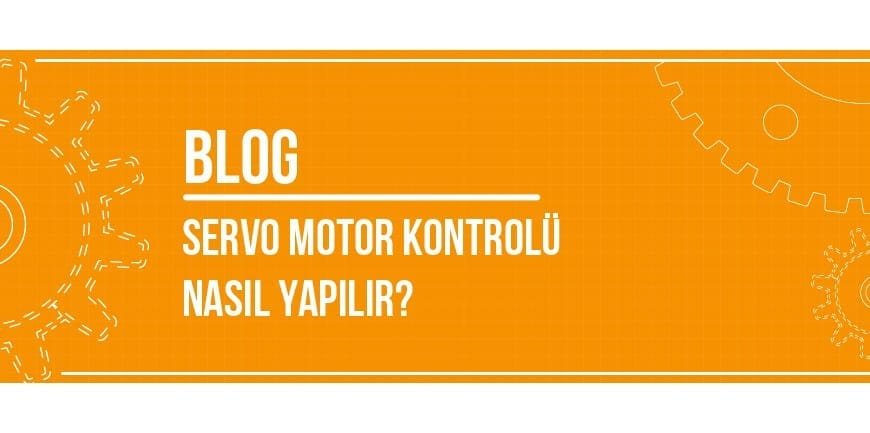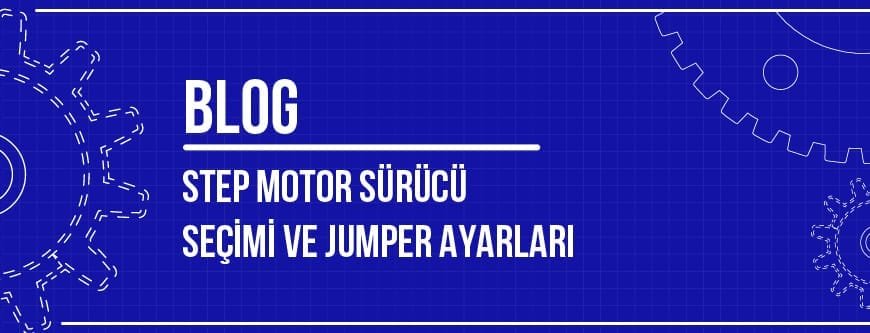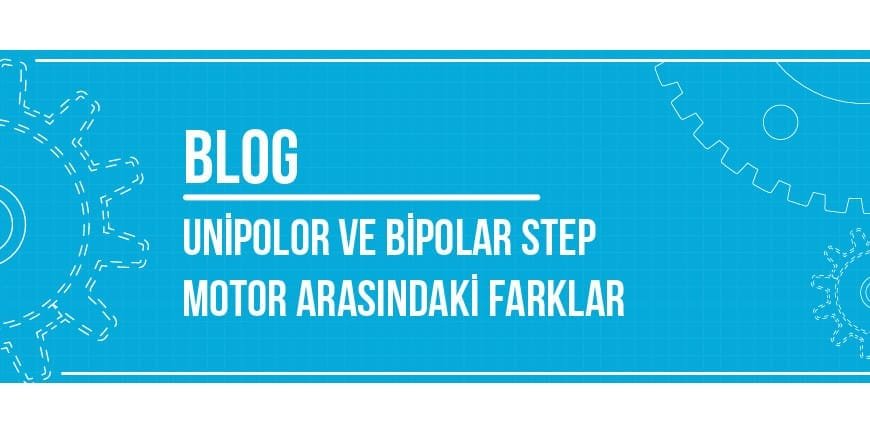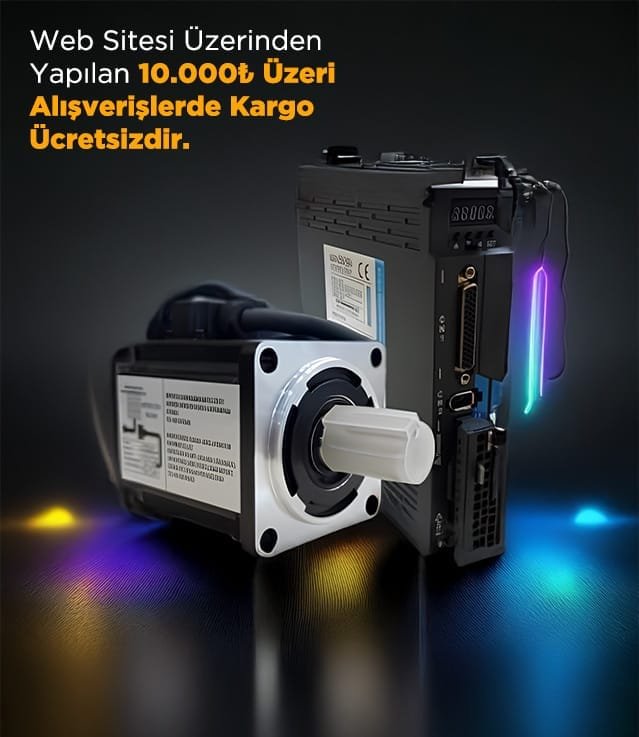
İçindekiler
How to Connect and Adjust a Servo Motor Driver?
As Şahin Rulman, this week’s topic in our weekly blog posts will be servo motor driver connections and settings. Throughout the article, we will try to answer your questions about servo motor driver integration. We will then endeavor to provide you with information about servo motor driver settings. We hope this article will be useful for you and wish you happy reading.
Can a servo motor operate without a driver?
Before going into the details of servo motor driver connections, it is useful to answer frequently asked questions about whether servo motors can operate without a driver. Servo motors do not operate without a driver. Therefore, if you need to use a servo motor for any reason, and you do not have a suitable driver, you must also purchase a driver that is compatible with the servo motor. Indeed, servo motor drivers enable the motor to be moved via signals. Consequently, you need to learn in detail how to connect the servo motor and driver.
Details Regarding Servo Motor and Driver Connection
There are two connections between the servo motor and the driver. One is called the power connection, and the other is called the control connection. The power connection is made with a conductor that has a total of 4 wires, three of which are phase wires and one of which is a neutral wire. The control connection is made for data exchange. For this purpose, the feedback element is connected to the RS-232 or RS-485 connection cables. The servo motor shaft is connected to the desired system. Examples of these include the gearbox, worm gear, and carrier.
Servo Motor and Driver Connection Diagram
To better understand the connection between the servo motor and driver, you can examine the following visual:
You can examine the connection diagram for another servo motor and driver using the image below:


You can examine the input and output points of the servo motor driver using the visual we have provided below:
We have completed the section we prepared in response to one of the most frequently asked questions by businesses that need servo motors and drivers: “How to Connect a Servo Motor Driver?” If you would like to review servo motor drivers, you can click on the relevant link.
After explaining how to connect a servo motor driver, we can now begin providing information about servo motor driver settings.
How to Configure Servo Motor Driver Settings?
As many people know, servo motors cannot be operated without a driver. Therefore, for those who use servo motors, it is essential to know how to configure the servo motor driver settings. We can share the servo motor driver settings with you in specific groups.
1) Position Conversion Gain Setting
Position feedback gain adjustment is an important aspect of servo motor driver settings. If not done correctly, it can cause malfunctions in the system. Before performing position control, speed control settings must be provided via the adjustment mode. This parameter is available on every servo motor. Subsequently, the proportional gain is determined and adjusted, although the ratio varies depending on the driver model. The feedforward gain is also adjusted along with the proportional gain. If manual adjustment is not desired, the speed gain and position control mode settings can be provided automatically via the auto tune mode.
2) Position Control and Servo Motor Drive Technique
Position control mode is used in applications requiring high positioning accuracy. Servo motor drivers generally support two different command sources in this mode. One is an external pulse input, while the other is an internal parameter. Direction information and external input enable control over the rotation angle of the servo motor.
There are two different types of internal parameter usage. One of these is setting the position command before the motor starts operating and using digital signals for this purpose. The other type of use is the ability to set and change sixteen internal parameters via serial communication. Servo motor users must set the speed control parameters, position loop gain, and feedforward parameters. One of three setting modes can be selected to adjust the gain. These setting modes are manual, auto, and easy.
3) Applying a P-Curve Filter for Position Control
The P-curve filter is essentially a motion command used to ensure smooth position control. The P-curve filter ensures that the servo motor operates more smoothly and improves acceleration and deceleration performance. After the pulse signal input, the speed and angle begin to increase steadily when the position command changes. In such cases, there is no need to use the P-curve filter.
4) Adding Speed Control Device Functionality to the Servo Drive
Servo drives are not always used for position control functions. Just like with asynchronous motors, standard speed control can also be performed via the servo drive. The speed control mode is generally used in applications where precise speed control is required, such as in CNC machines. Servo motor drives support two different commands when in position control mode. One of these is an external analog signal, while the other is an internal parameter. The analog signal received via the external voltage input can control the rotation speed of the servo motor.
5) Providing Torque Control with a Servo Motor
Torque control method is generally used in areas requiring torque control applications, such as textile machines and knitting machines. Servo motor drivers support two different command sources when in torque control mode. One of these is an external analog signal, while the other is an internal parameter. The external analog signal is obtained from the external voltage input, thereby controlling the torque of the servo motor. The internal parameter is known as a standard parameter in servo motor driver systems. Generally, they have a torque command function in torque control mode.
We have reached the end of our blog post prepared by Şahin Rulman. Throughout the article, we have endeavored to provide you with information on how to connect and configure a servo motor driver. If you have any questions on the subject, you can send them to us via the Şahin Rulman question-and-answer form. If you would like to explore the different types of servo motor drivers, you can click on the relevant link.
Diğer Blog Yazılarımız








